I really missed Mardi Gras this year, but love the innovative Yardi Gras that happened in New Orleans. I hope you enjoy this re-post on the history of the spectacular Mardi Gras floats:
Each parade during the nearly month long Mardi Gras celebration is put on by social organizations called Krewes. Each Krewe has it’s own unique history, traditions and practices. Rex is the final feature Krewe that “rolls” on Mardi Gras {Fat Tuesday}. One of the the oldest of the Krewes, Rex sowed many of the seeds that define Mardi Gras today.
Highly secret themes are chosen each year and revealed in the designs of the elaborate floats, costumes, beads and invitations to their balls. It’s no wonder that Rex was my favorite parade this year because the theme was Royal Gardens or Horti Regis and it was a fantastic, fantasy display to watch.
Carnival Bulletins illustrating each of the floats have been published each year since 1874 by the various Krewes. To see recent bulletins and order this years edition {I did} click on REX {and see below}.
“This year’s theme is presented both in English (“Royal Gardens”) and in Latin (“Horti Regis”), emphasizing the timeless significance of gardens. The desire to be surrounded by beauty is as old as mankind itself. In every time and culture artists have arranged natural elements into gardens to please all of the senses. Emperors and Kings assured that their gardens were planned with as much care as their castles, and some of these gardens were counted among the wonders of the world. The 2016 Rex Procession takes us to splendid gardens known only from ancient illustrations and descriptions, and to others still providing beautiful sights to those who visit them. In the best tradition of Rex artistic design, watch for a parade filled with colorful flowers, historic figures, and colorful costumes.”
Tulane has the largest collection of this extraordinary art. When visiting the Newcomb Art Museum on campus, we came across these design drawings for the 1892 Proteus Krewe floats by Carlotta Bonnecaze, the first woman, and first Creole to design floats for a carnival Krewe. The overall theme was “A dream of the Vegetable Kingdom” this float was called “Green Peas”.
and this is “Familiar Vegetables”.
Aren’t they divine?
Her father was in the Krewe of Proteus, and she worked exclusively for that organization for 12 years. She developed themes based on “mythology, epic literature, history, nature and whimsy” according to Henri Schindler, Carnival Historian and Float Designer. This is another piece from their extensive collection, much of which is on display at the school’s Howard Tilton Memorial Library.
The history, tradition and culture of this celebration and all of the different organizations is richer and thicker than a big bowl of gumbo. A look into the parade of Rex is a small, but significant peek into the complexities of this fascinating world.
Explorer Jean Baptiste Moyne Sieur de Bienville brought the Lenten traditions that had been practiced in Europe through the 17th and 18th centuries to America. The first Mardi Gras was celebrated in 1703 by a secret society he formed in what is now Mobile, Alabama. In 1710 he formed the Boeuf Gras {fatted calf} Society. Each year 16 men would push a cart topped with the head of a large bull through the streets to symbolize the beginning of the meat fast on Fat Tuesday.
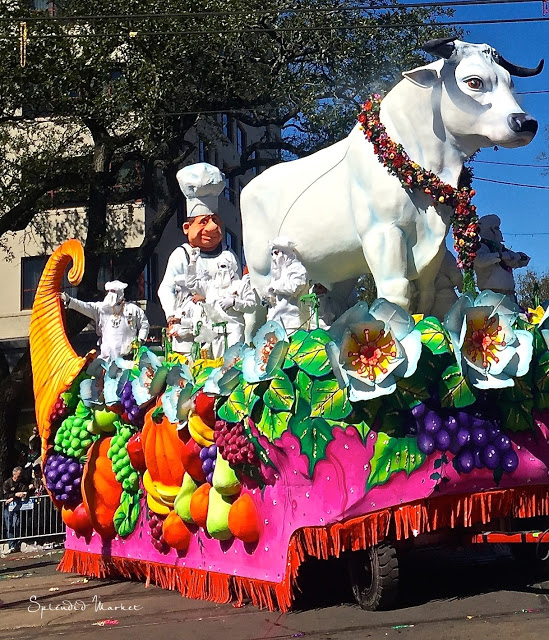 |
| The Boeuf Gras Float, Rex Parade, Mardi Gras, 2016 |
New Orleans was established by Bienville in 1718 and Mardi Gras was celebrated openly, primarily at elegant society balls. In the 1830’s the balls spilled out into street processions with masked members in carriages and on horses.
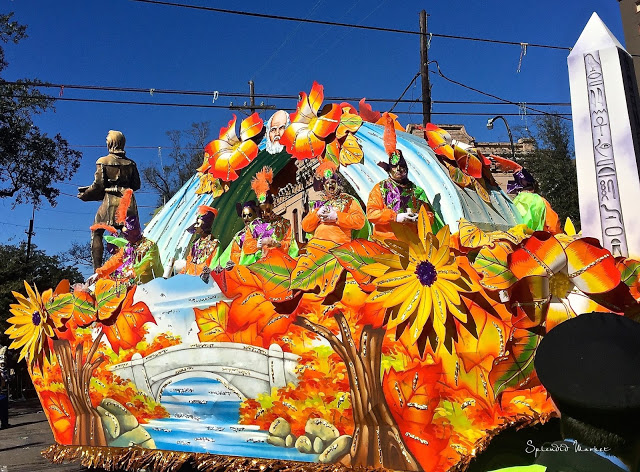 |
| Gardens by Olmsted float, Mardi Gras, Rex, 2016 |
In 1872 the first King of the Carnival, Rex, rode a horse in the first daytime parade. The colors of Mardi Gras were also established that year in honor of a Russian Grand Duke from the Romanoff family who’s colors were purple for justice; gold for power; and green for faith.
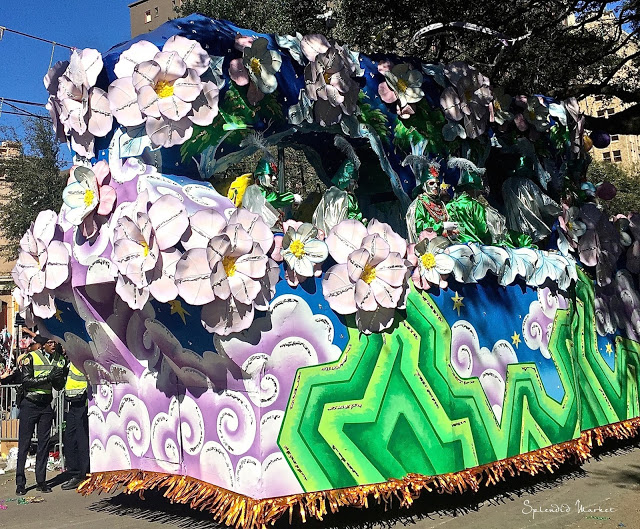 |
| Temple of the Silver Pavilion float, Mardi Gras 2016 |
Today’s floats are pulled by tractors instead of horses, masked {mostly} men throw beads and other gifts out to the crowds as they ramble by. It is no longer just a high society event, groups from all walks of life can form Krewes and laissez les bon temps rouler.
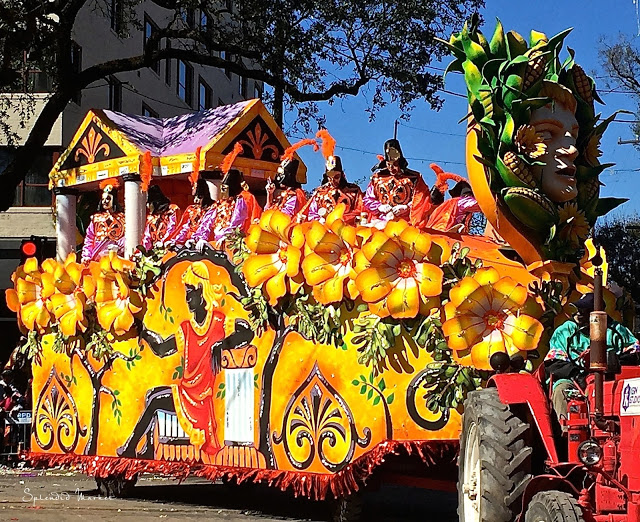 |
| Gardens of Adonis float, Rex Parade, Mardi Gras 2016 |
Each float had beads with a charm for the respective garden, here are the necklaces from The Royal Barge and The New Orleans Botanical Garden.
The name of the garden is printed on the back of the charms.
I was especially pleased to have captured this piece from Versailles, I gave it to my daughter as a reminder of our visit there so many years ago.
In between the floats, marching bands entertained the crowds with upbeat tunes, dancers and baton twirlers.
The Krewe of Green Wave was my fav, of course.
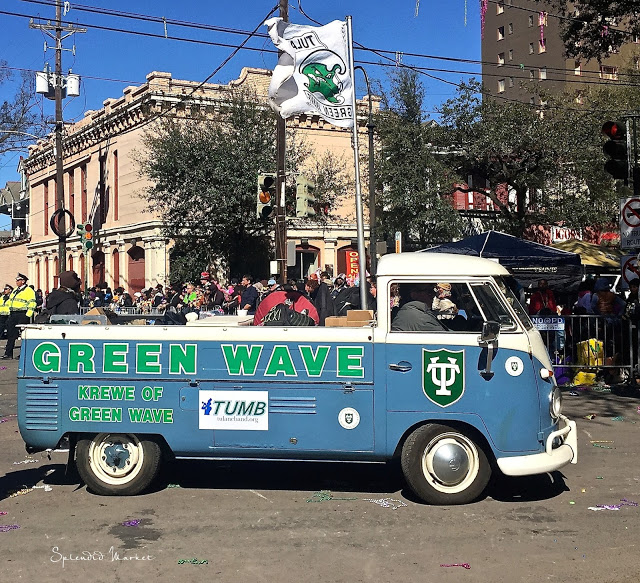 |
| Krewe of Green Wave Van, Rex Parade, Mardi Gras 2016 |
The floats are all made by local guy making magic, Blaine Kern. <- <- great story!
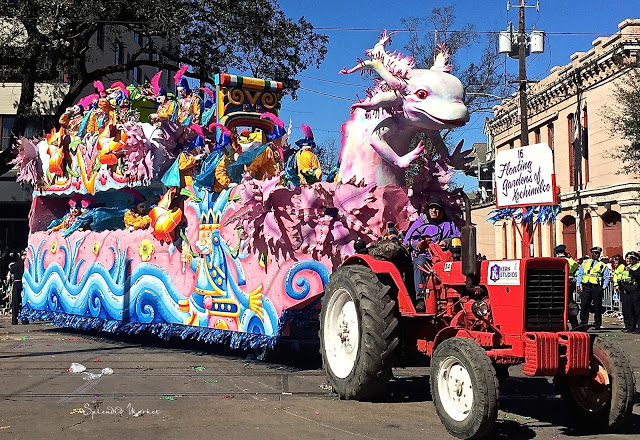 |
| Floating Gardens of Xochimilco float, Rex Parade, Mardi Gras, 2016 |
My personal favorite was the Parco dei Mostri di Bomarzo {The Park of Monsters of Bomarzo}.
It was an complex, dimensional verdant tapestry, from the accurate monster head
to the floats ornately flowered tail. To hop over to the actual garden in Northern Italy click on Mostri.
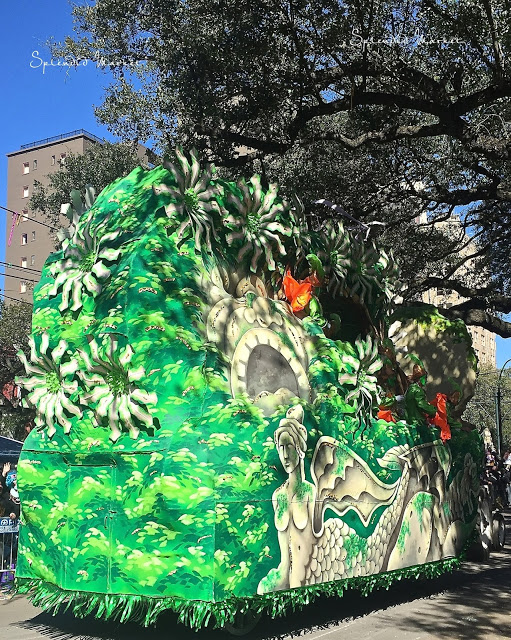 |
| Parco dei Mostri di Bomarzo float, Rex Parade, Mardi Gras 2016 |
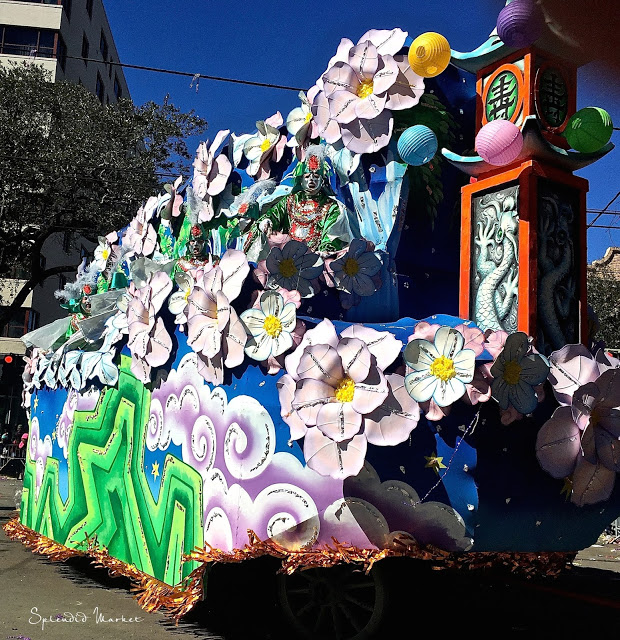 |
| Temple of The Silver Pavilion float, Rex Parade, Mardi Gras, 2016 |
Thanks for coming to the parade with me.
Here are a few more of the recent Rex Bulletins to ogle…
…it’s all in the details.

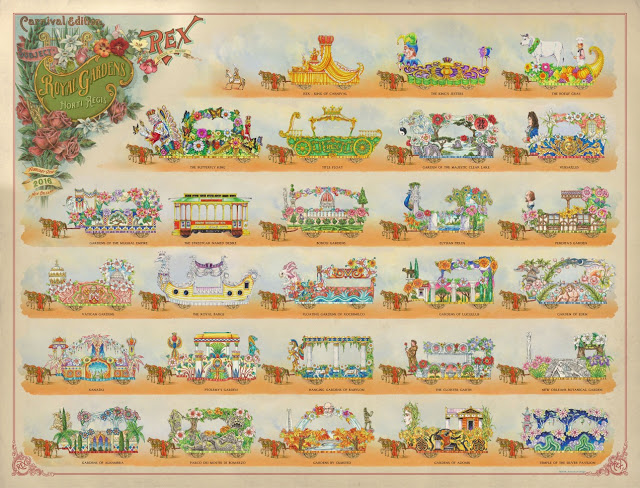
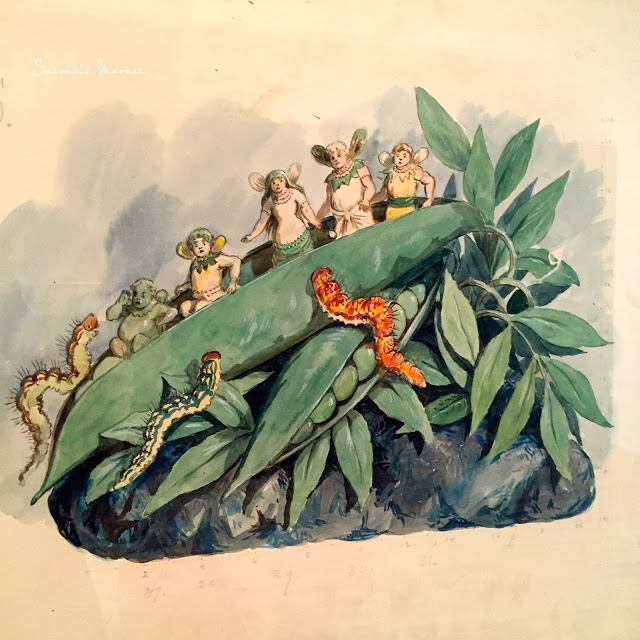
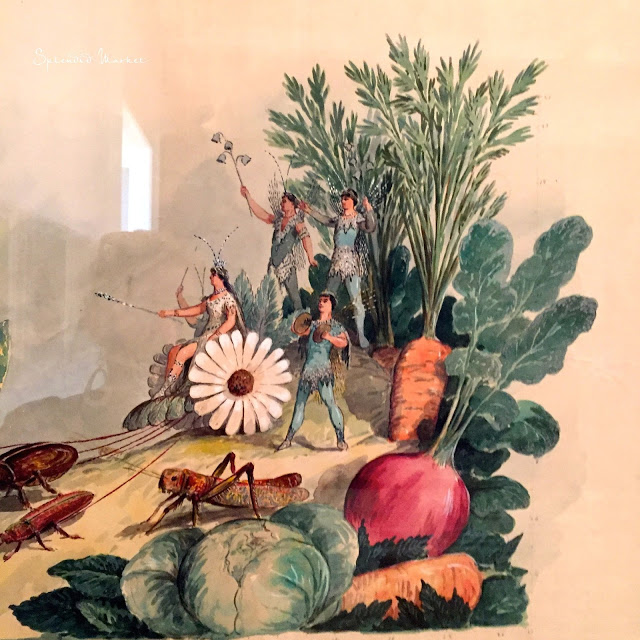
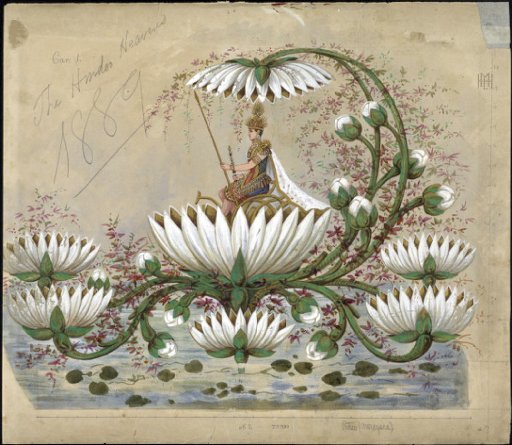
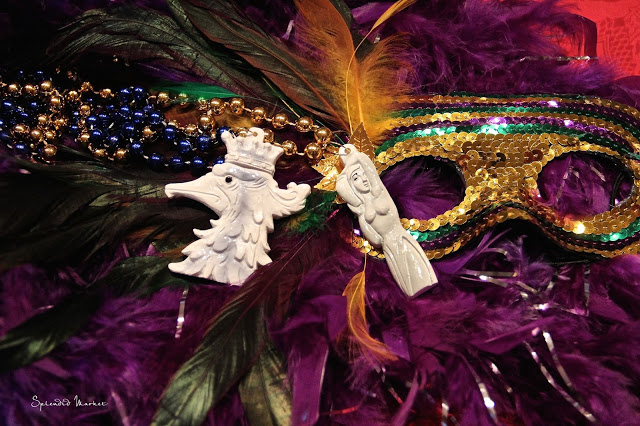
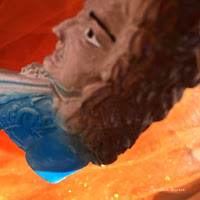
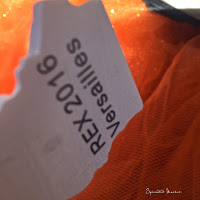
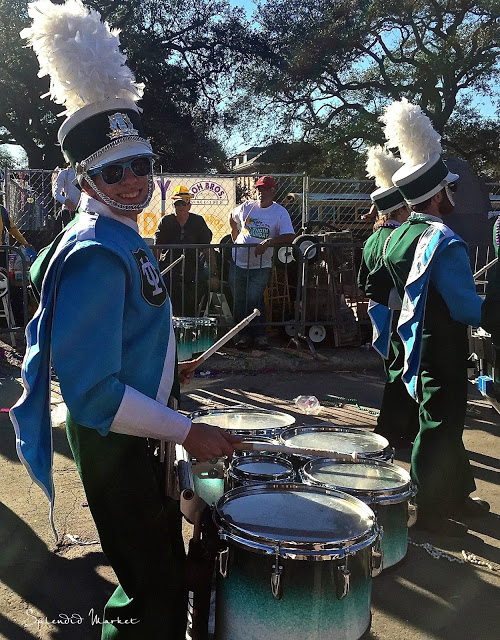
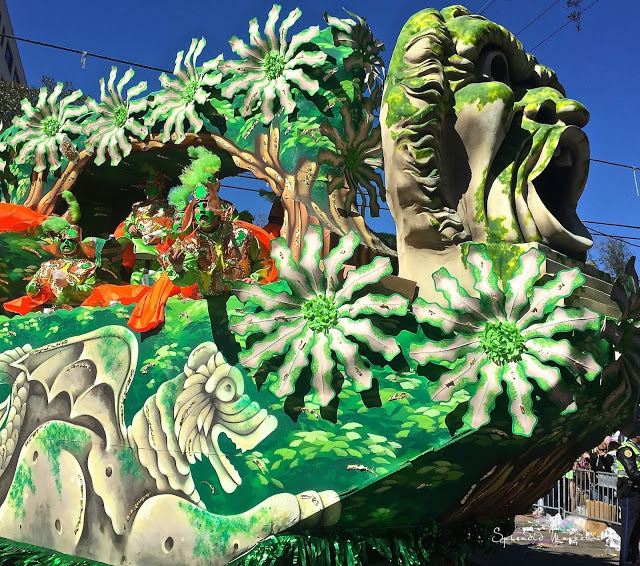
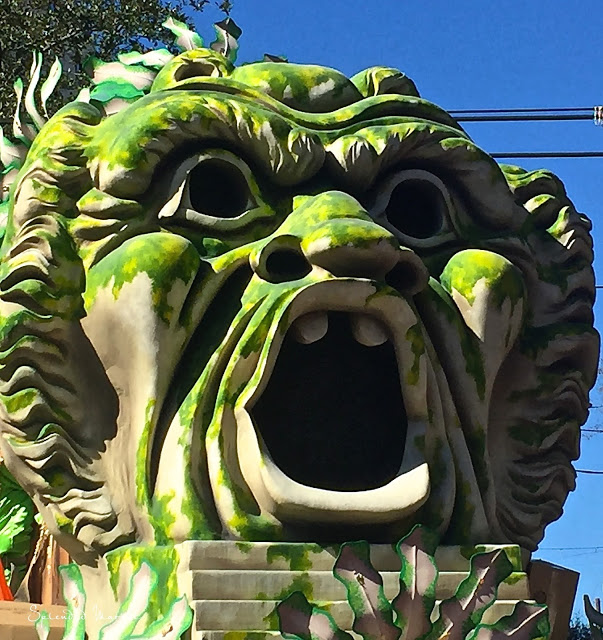
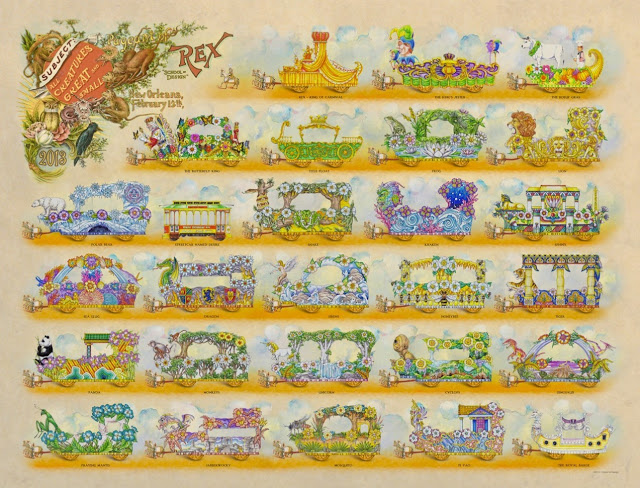
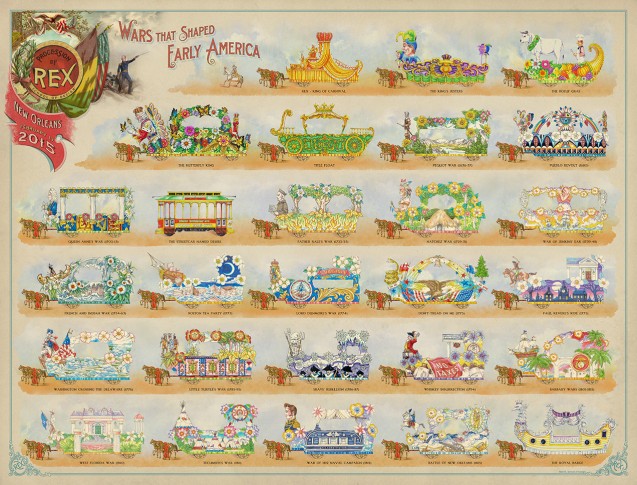


What fun! I have so enjoyed reading your Mardi Gras posts…I love New Orleans but have never been during Mardi Gras. The poster are a work of art! Thanks for sharing! Xoxo
Those are amazing and so illustrate the color and energy that is unmistakably New Orleans…glad to see the city is alive an well..a true icon!
Beautiful!